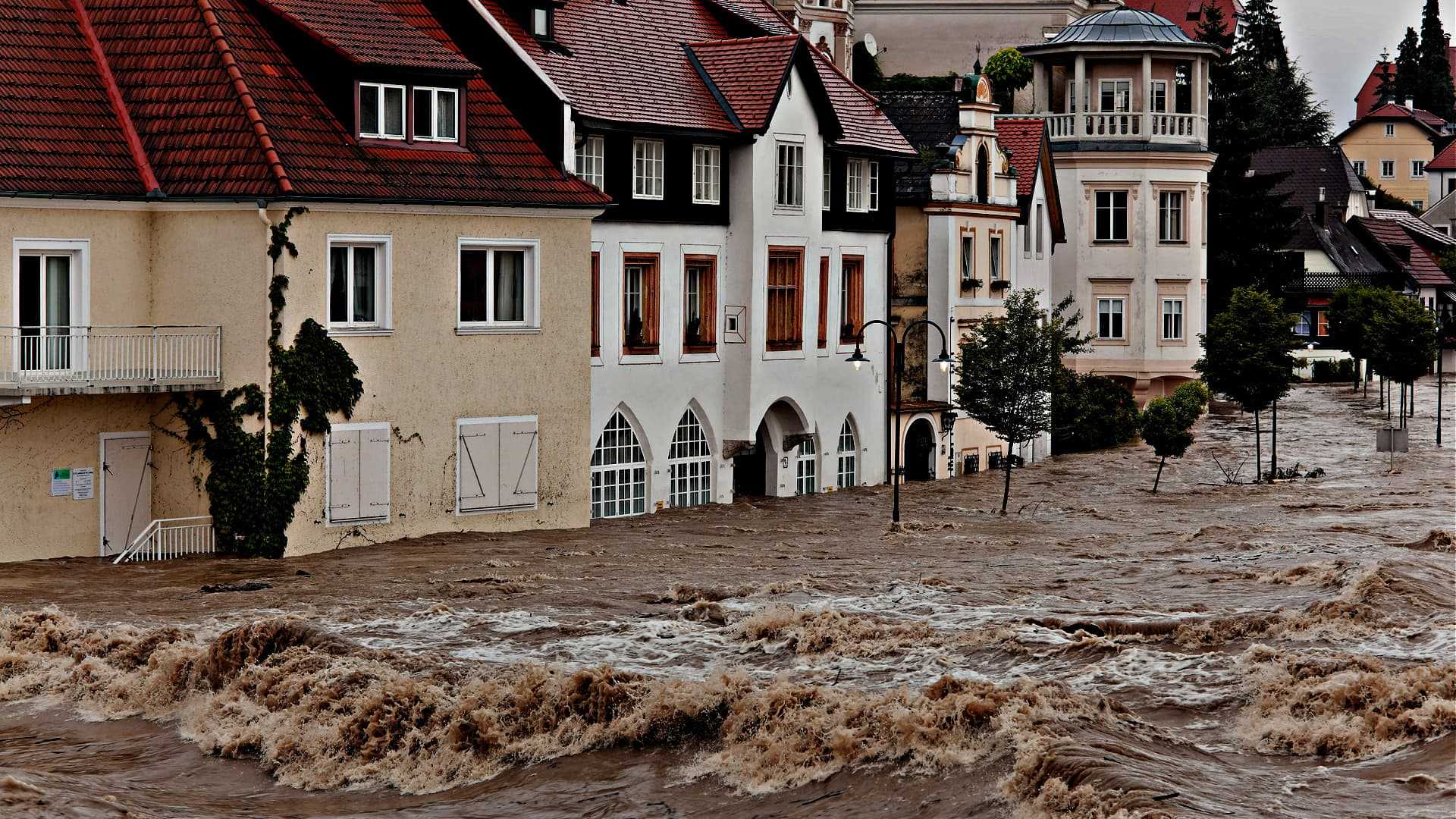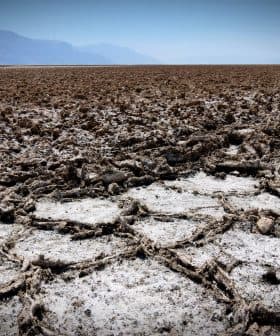Study: Human Activity Increased Likelihood and Severity of July Floods in Western Europe

The World Weather Attribution Initiative’s recent report found that the extreme flooding events in western Europe from July 12 to 15 were made more likely by climate change, with heavy rainfall from the Bernd weather system causing significant damage and fatalities. The study also concluded that climate change intensified the rain in the region by up to 19%, highlighting the impact of human activity on extreme weather events.
The conventional wisdom has long been that it is difficult to attribute any single event to climate change. However, the science on extreme weather attribution has advanced rapidly in the past half-decade.
A recent report from the World Weather Attribution Initiative has concluded that the extreme flooding events experienced western Europe from July 12 to 15 were made more likely as a result of climate change.
It is difficult to analyze the climate change influence on heavy rainfall at very local levels, but we were able to show that, in western Europe, greenhouse gas emissions have made events like these more likely.
Over the course of three days, heavy rainfall associated with a cold, low-pressure weather system known as the Bernd led to severe flooding in western Germany and its neighbors, causing millions of Euros of damage and killing 226 people.
Germany bore the brunt of the extreme weather event, but flooding also occurred in Belgium, Luxembourg, the Netherlands and Switzerland.
See Also:Natural Disaster CoverageAs extreme weather events continue to dominate the news cycle, scientists have been racing to find out how much climate change is responsible for any singular event.
To determine the role of climate change in July’s floods, the WWA researchers focused on the hydrological factors that transformed the heavy rainfall into historic flooding.
The researchers found that the areas around the Erft and Ahr, Germany, as well as the Meuse region in Belgium, experienced as much as 90 millimeters of rainfall in 24 hours.
The researchers found that climate change driven by human activity intensified the rain in this region by three to 19 percent. High temperatures, which increase the ability of the atmosphere to hold moisture, also contributed to the downpours and increased the likelihood of heavy rainfall by a factor of 1.2 to nine.
“We combined the knowledge of specialists from several fields of study to understand the influence of climate change on the terrible flooding [in July], and to make clear what we can and can not analyze in this event,” said Sjoukje Philip, a climate researcher with the Royal Dutch Meteorological Institute and part of the WWA team.
“It is difficult to analyze the climate change influence on heavy rainfall at very local levels, but we were able to show that, in western Europe, greenhouse gas emissions have made events like these more likely,” he added.
Along with the floods in western Europe, the WWA also concluded that the record-breaking heatwave along the western coast of North America earlier this summer and the April cold snap across southern Europe were made more likely as a result of climate change.









